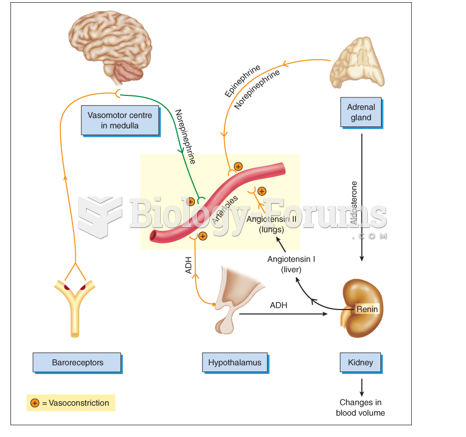The first arterial blood gas for an asthma patient in the emergency department reveals: pH 7.49; PaCO2 30; PaO2 82; SaO2 95; HCO3 24 on a nasal cannula 3 L/min.
The patient's peak expiratory flow rate was 165 L/min, respiratory rate was 16 breaths/min, and pulse 106 beats/min. After continuous aerosolized albuterol over the past hour, the patient's cur-rent ABG results are as follows: pH 7.34; PaCO2 45; PaO2 49; SaO2 79; HCO3 25 on a high flow nasal cannula 15 L/min. The patient's peak expiratory flow rate is 95 L/min, respiratory rate 35 breaths/min, pulse 128 beats/min, and the patient is diaphoretic. The respiratory therapist should suggest which of the following at this time?
a. Change to a nonrebreather mask.
b. Begin continuous positive airway pressure.
c. Intubate and initiate mechanical ventila-tion.
d. Initiate noninvasive positive pressure ven-tilation.
Question 2
A 64-year-old female patient having an acute exacerbation of chronic obstructive pulmonary dis-ease (COPD) was admitted to the hospital yesterday.
During rounds today the respiratory therapist finds the patient to be difficult to arouse and has the following physical findings: heart rate 102 beats/min, respiratory rate 23 breaths/min shallow and slightly labored, breath sounds are bilaterally decreased with rhonchi in both bases. The pa-tient has a frequent but weak cough. The respiratory therapist draws an ABG with the following results on a 2 L/min nasal cannula: pH 7.52, PaCO2 30 mm Hg, PaO2 45 mm Hg, SaO2 86, HCO3 24 m Eq/L. The most appropriate action is which of the following?
a. Intubate and mechanically ventilate.
b. Increase the nasal cannula to 4 L/min.
c. Administer incentive spirometry.
d. Begin noninvasive positive pressure venti-lation.







